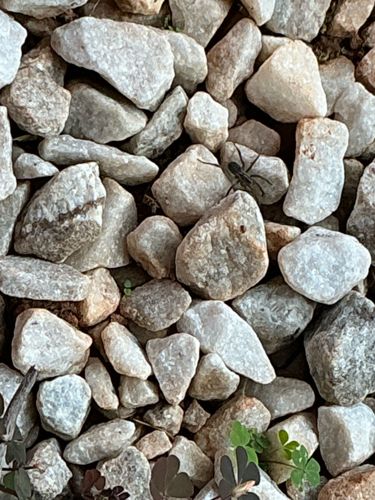Ant
Scientific Name: Formicidae (family)
Order & Family: Hymenoptera (Order), Formicidae (Family)
Size: Typically 2 to 20 mm, though some species can be smaller or larger.

Natural Habitat
Ants are found in nearly all terrestrial habitats worldwide, from forests and grasslands to deserts and urban areas. They typically create nests in soil, under rocks, in wood, or even in man-made structures.
Diet & Feeding
Ants have a highly varied diet depending on the species. Many are omnivores, feeding on nectar, seeds, fungi, other insects (both living and dead), and honeydew produced by aphids. Some are specialized predators or scavengers.
Behavior Patterns
Ants are highly social insects that live in colonies ranging from a few dozen to millions of individuals. They exhibit complex social structures with a queen (or queens) responsible for reproduction, and sterile female workers performing tasks such as foraging, caring for young, and nest maintenance. They communicate through pheromones and touch, and some species display elaborate foraging trails and collective defense strategies.
Risks & Benefits
Risks: Some ant species can bite or sting, causing minor irritation or allergic reactions in sensitive individuals. Certain species can become household pests, contaminating food or damaging structures. Benefits: Ants play a vital role in ecosystems as decomposers, aerating soil, and dispersing seeds. Many species are also important predators of other insects, aiding in pest control. They are a significant food source for various animals.
Identified on: 9/22/2025